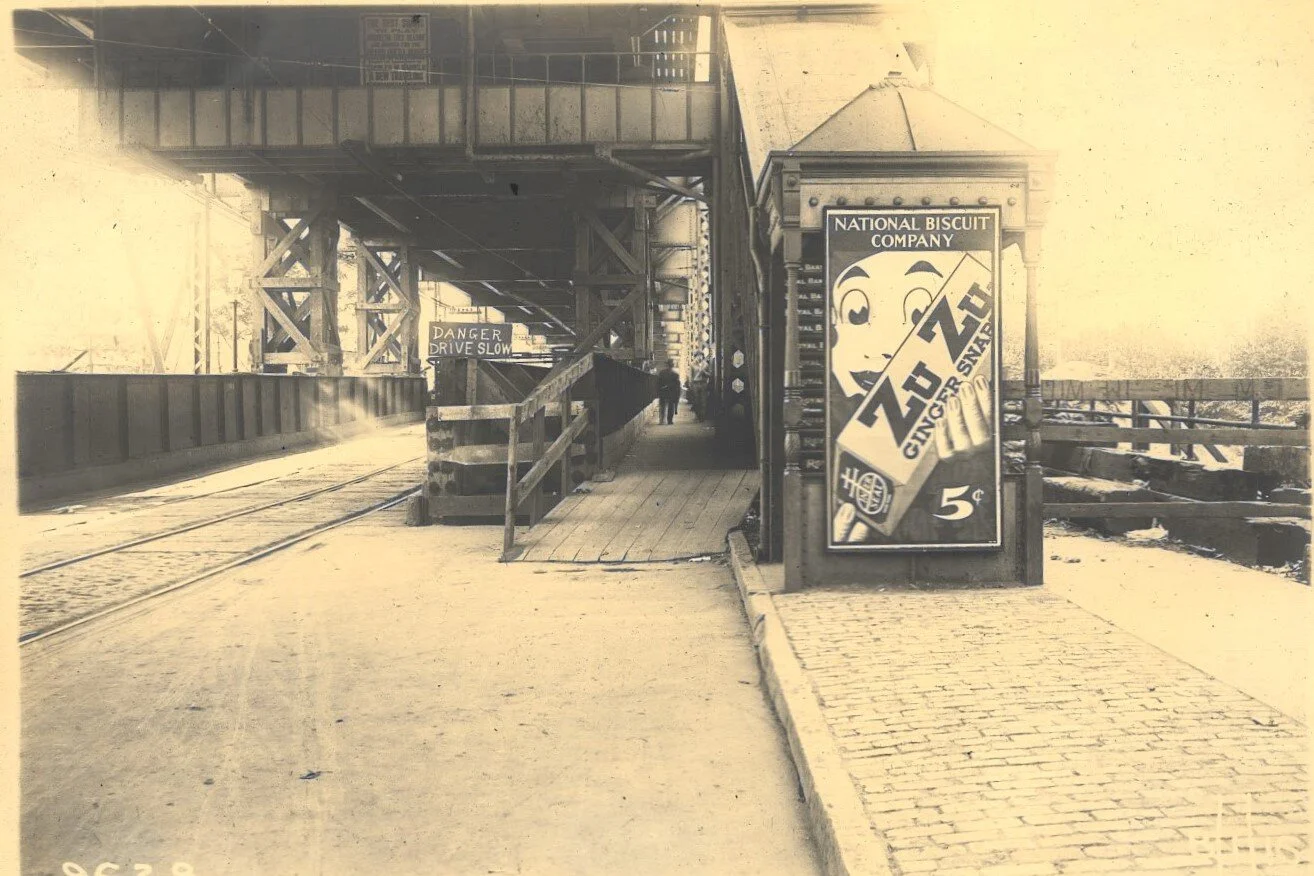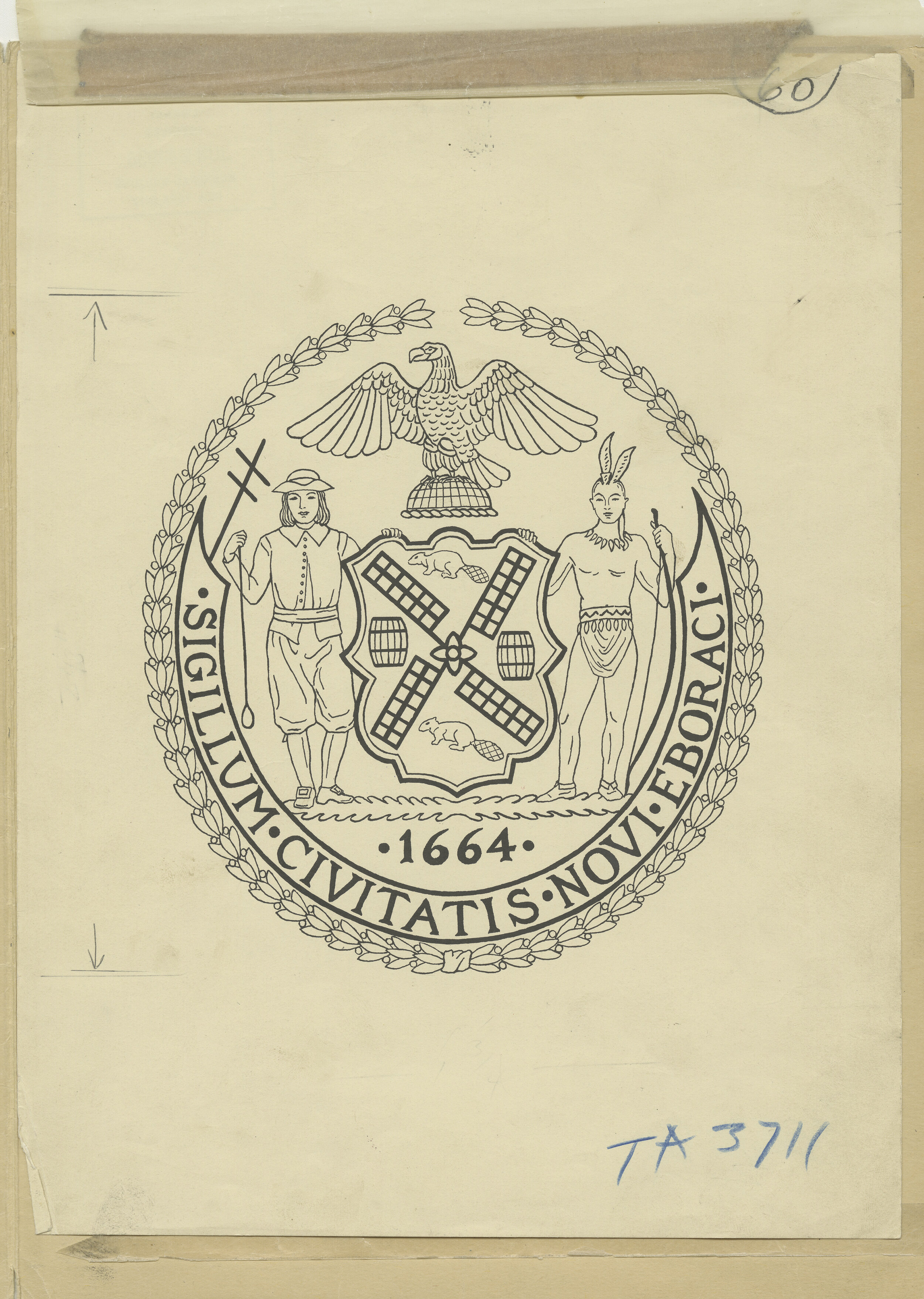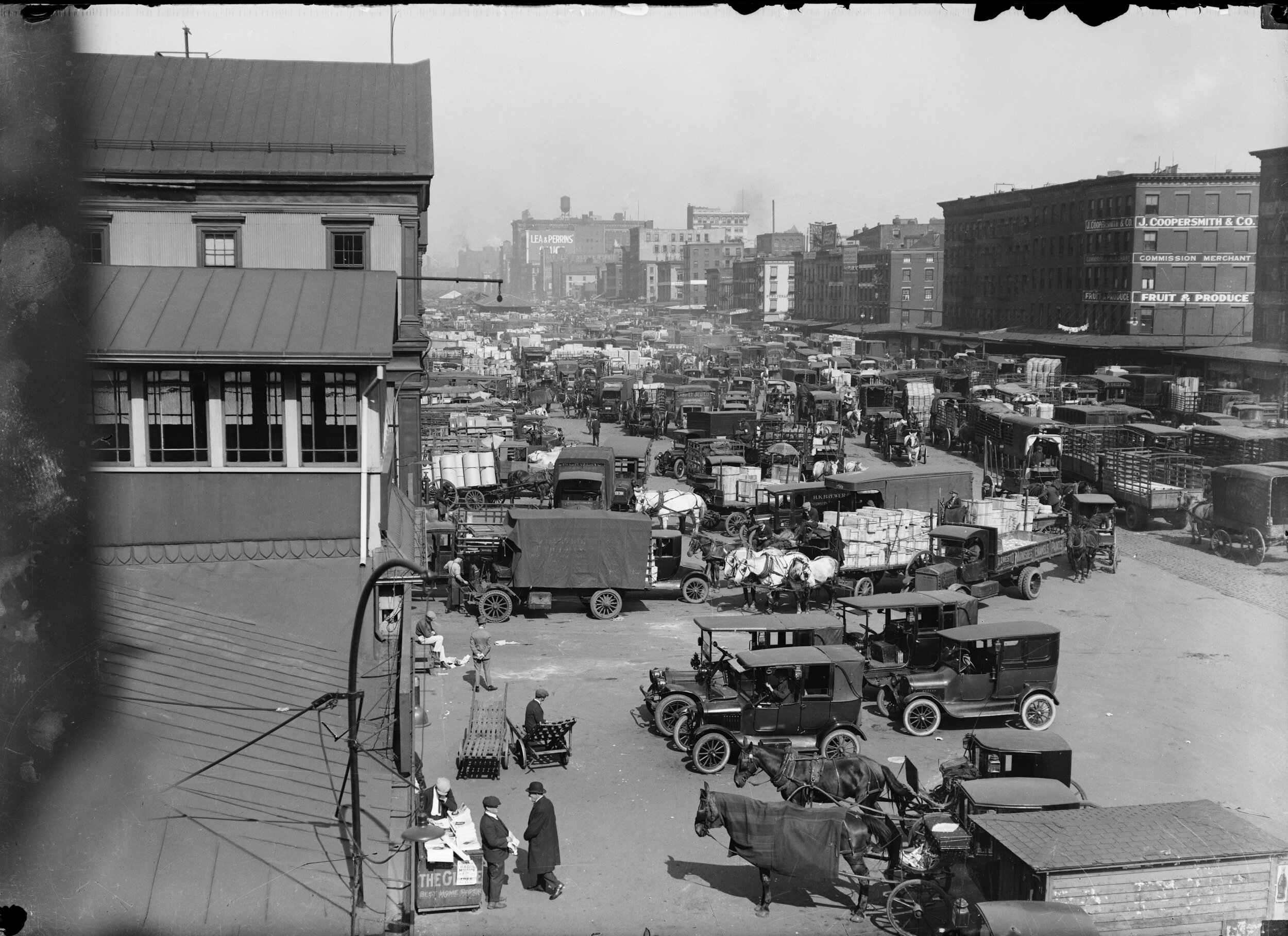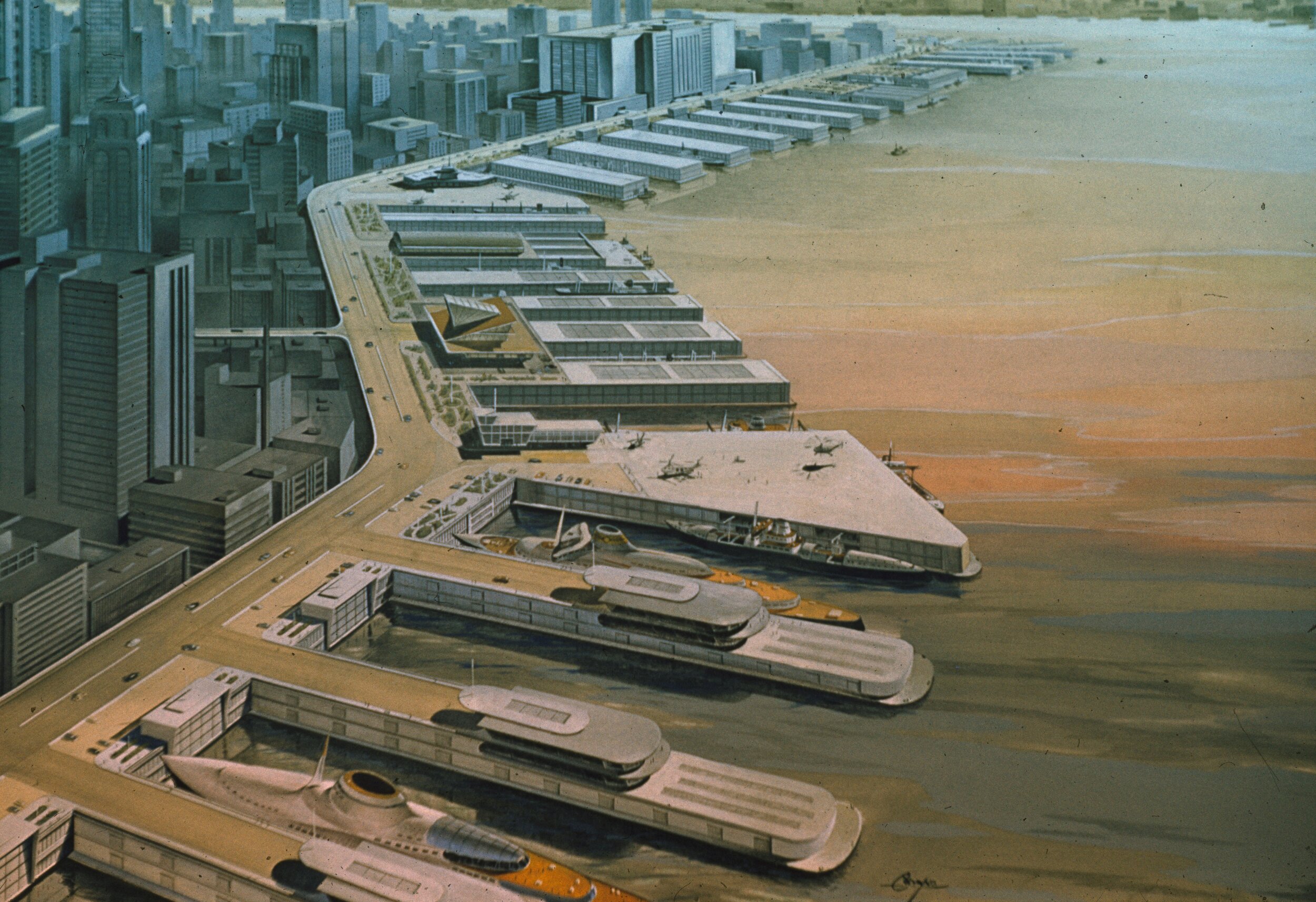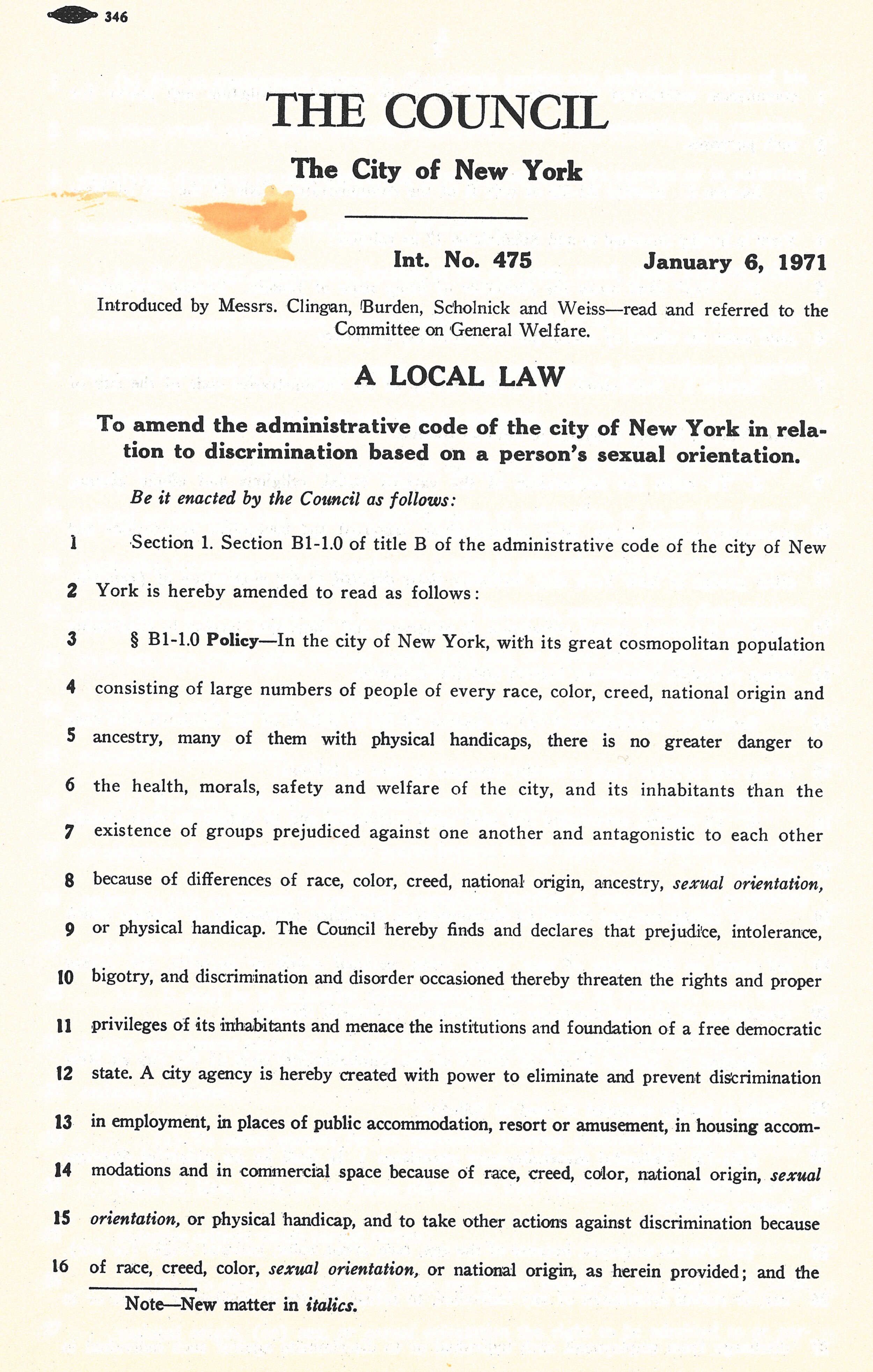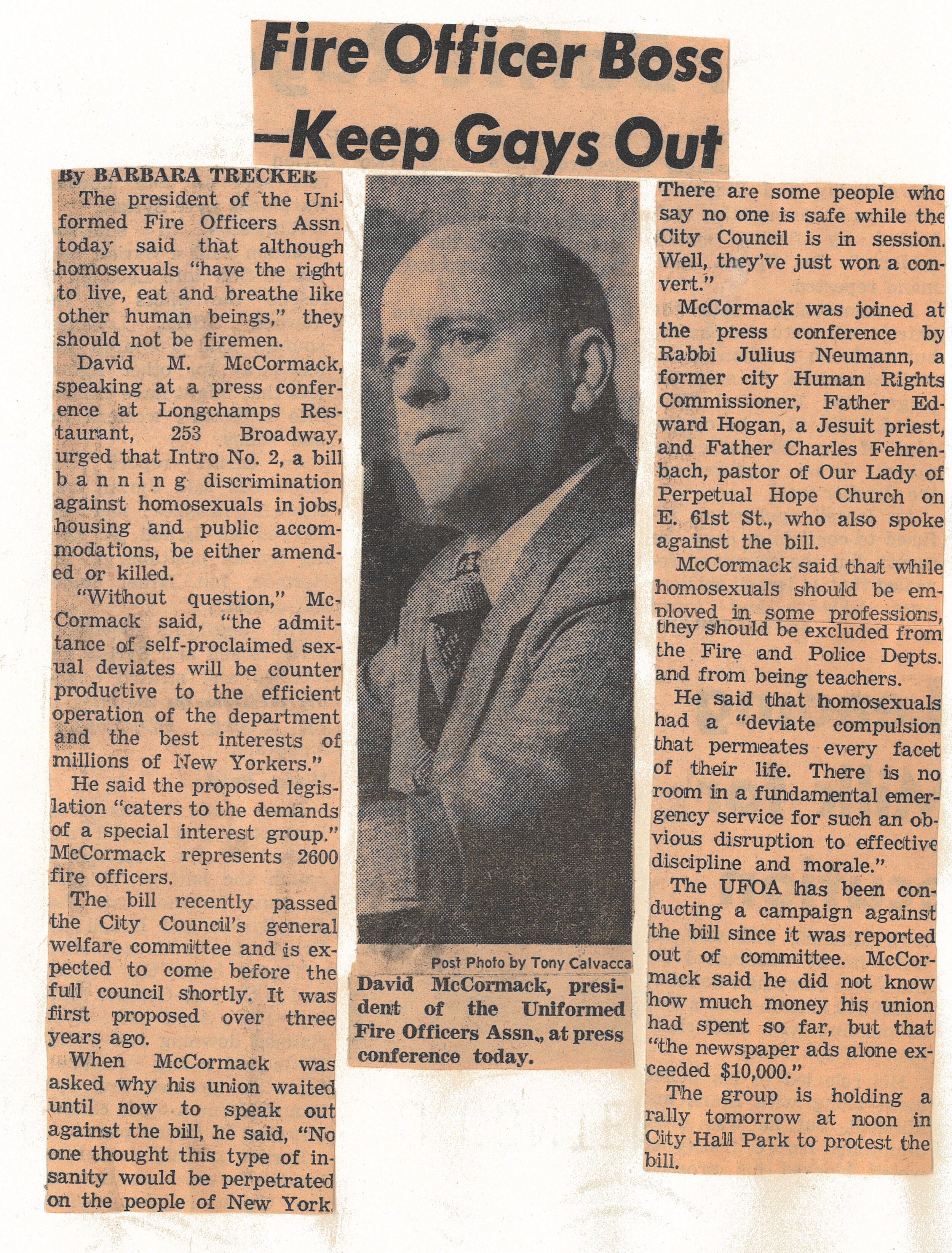The Municipal Archives closed to the public on March 16, 2020 and all staff were instructed to work remotely from home, on computers. When we received this notice, we thought that’s okay for some, but we’re conservators, our job is to treat physical objects. We repair historical records and books. What could we do at home? Well, thanks to our colleagues who had been thinking ahead, it turns out that there was work we could do that would benefit the Archives and its researchers.
Curb line, 3rd Avenue and 65th Street. Billboard at bottom of EL stairs for National Biscuit Company’s Zu Zu Ginger Snaps, August 1, 1916. Brooklyn Grade Crossing Commission Photographs, NYC Municipal Archives.
Many Municipal Archives collection inventories, lists, finding guides and other descriptive materials are still hand-written or typed documents. In the days before we closed, our colleagues quickly scanned many of these documents into pdf files that we could later access from our home computers. They provided us with templates and instructions, and we started transcribing the documents into searchable spreadsheets. When this information is made available on the agency website, researchers will learn about the content of these collections, many of which have been almost completely unknown, or inaccessible.
Looking south from west of bridge at Avenue C. Grocer and assistant with cartons, October 15, 1908. Brooklyn Grade Crossing Commission Collection, NYC Municipal Archives.
We were assigned to transcribe the Brooklyn Grade Crossing Commission photograph collection captions. The collection had been accessioned by the Archives in 1988 from St. Francis College in Brooklyn. The photographs were just one of dozens of series of Brooklyn-related records that had been maintained at the College. Beginning in the 1940s, the Kings County Clerk had arranged for the College to serve as a repository for Brooklyn’s historical records, some dating back to colonial days. By the late 1980s, the College determined it could no longer maintain the collections and the Municipal Archives quickly stepped in to accession these important materials.
Steel structure and maronry incline along siding between Prospect Place and St. Mark’s Ave. One girl, group of small boys face camera. Boys all wear caps; half of them are barefoot, August 4, 1904. Brooklyn Grade Crossing Commission Photographs, NYC Municipal Archives.
We first joined the Municipal Archives shortly after the St. Francis College collections were transferred from the College. Our assignment then was to preserve the ledgers of the original Kings County Towns—Flatbush, Gravesend, New Lots, New Utrecht, and Flatlands. The ledgers dated to the 1600s and had great historical significance. We de-silked the pages (silking was a common practice in the 19th century), repaired, leaf-cast (which is repairing and preserving the original paper by using a slurry of paper pulp to replace losses) and re-bound the ledgers. As a side note, we understand these ledgers are slated for digitization next year as part of a grant-funded project.
Houses south side, no. 618-620; 624-626 Park Place, January 10, 1906. Brooklyn Grade Crossing Commission Photographs, NYC Municipal Archives.
After a long hiatus pursuing other opportunities, we re-joined the Archives in 2015. And we find ourselves once again working on another of the series from St. Francis College—the Brooklyn Grade Crossing photographs. There are approximately 9,000 prints, most measuring 5 x 6 -inches. They had been pasted into an album—two on a page. They date from 1903 to 1917, and document the work of the Brooklyn Grade Crossing Commission. Established by the New York State Legislature, its purpose was to eliminate the dangers posed by the Long Island Railroad and Brooklyn Rapid Transit Company rail lines that ran through residential neighborhoods. The rail lines had been built in the 19th century to transport passengers from Manhattan and the City of Brooklyn to the popular resorts and amusement facilities at Brighton Beach. As noted in a 1908 article in the Brooklyn Daily Eagle charting progress of the Commission, “…At the time of the construction of these railroads, the territory through which they ran consisted mainly of farm land, but the rapid extension of population into the suburban districts of the Borough of Brooklyn resulted in the development of residential neighborhood adjacent to the railroads, attended with all the inconveniences and dangers pertaining to the operation of steam roads crossing highways at grade.”
Looking northeast at intersection of E. 15th Street and Kings Highway. Store, W. H. Curtis – Teas and Coffees. March 13, 1908. Brooklyn Grade Crossing Commission Photographs, NYC Municipal Archives.
Each print had been individually captioned with a short description of its location and date. After transfer to the Municipal Archives, the caption information was transcribed into hand-written lists. Our job was to type the lists into a spreadsheet. As soon as we started we recognized the hand-writing—it was the careful script of our former colleague, the late Claire Rosenstein. She had prepared the lists shortly after the Archives accessioned the collection, about the same time we were treating the County Town ledgers. We remember watching her tireless work, squinting at the pictures with a magnifying loop and flipping through street atlases to pinpoint the exact location of each picture.
Looking west on north side of Avenue P. Two men wearing derbies on railroad tracks, November 10, 1909. Brooklyn Grade Crossing Photographs, NYC Municipal Archives.
Claire Rosenstein had been working part-time in the Archives for about ten years when we joined the staff. She had retired from a career in television and photograph research. She applied her skill to cataloging the Archives’ many photograph collections. At first, she wrote index cards by hand; later she used a typewriter and towards the end of her more than twenty-five years at the Archives she migrated to the computer. We cannot calculate the number of pictures she cataloged, but it must number in the many thousands.
Looking northwest, house on corner of E. 17th Street and Avenue J, August 18, 1908. Brooklyn Grade Crossing Photographs, NYC Municipal Archives.
The original captions for the Brooklyn Grade Crossing photographs provided only basic information: date, and place. With her keen eye for detail and her ability to succinctly describe the key features of a photograph in just a few words, Claire Rosenstein added immeasurably to the descriptions. She noted signs, billboards, businesses, and advertisements: Manhattan Beach Every Night…Fireworks Display; Lowney’s Chocolate Bon Bons; Hassan’s family Houses; B. Schellenberg Clothiers; Ryan’s Loan Office; For Good Shoes Go To A. Sonnenschein. She was careful to note people in the pictures: Girl with violin stands by track; One girl, group of small boys face camera; boys all wear caps; half of them are barefoot. She used her knowledge of residential architectural styles and noted unusual examples.
We are honored and humbled to be helping to carry forward her diligent efforts and to continue to advance public access to the Archives.
